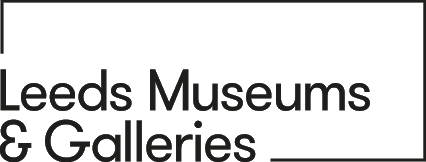World Cultures
World Cultures is a significant collection area for Leeds, with over 12,000 items demonstrating the city’s historic links to the wider world, and the multicultural vibe of contemporary arts and culture.
At Leeds City Museum the Voices of Asia gallery celebrates the sights, sounds and culture of Asia overseas and here in Leeds. Topics explored include Faith and Festivals, Trade and War, Fashion, Music, Dance and Food. Chinese ceramics are also a key strand at Lotherton, together with Oriental metalwork, ivories and wood carving.
The Leeds African collections are also significant, especially the sculpture, masks and textiles. They are currently in the reserve collections at Leeds Discovery Centre, where you will also find good representations of North American beadwork, European folk items and the traditional arts of Oceania.
Recent collections development has focused on representing the many world cultures now living in Leeds, especially their festivals, food, textiles and crafts. We also continue to collect material that demonstrates how Leeds and Yorkshire people have travelled and worked abroad. There is also an overlap with the Decorative Arts collections, where we want to keep building on areas like Chinese ceramics.








